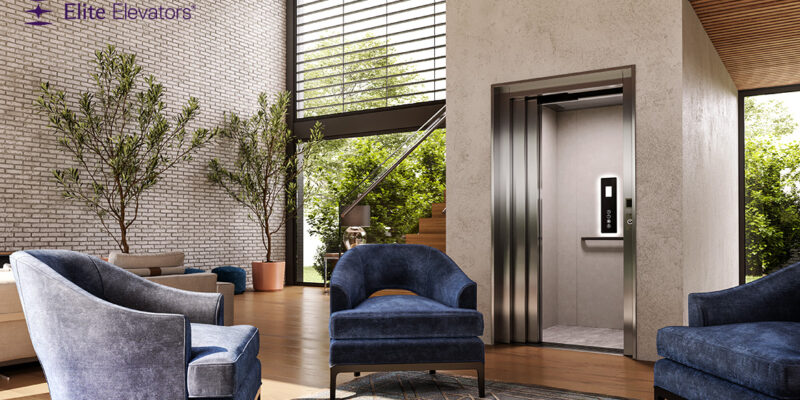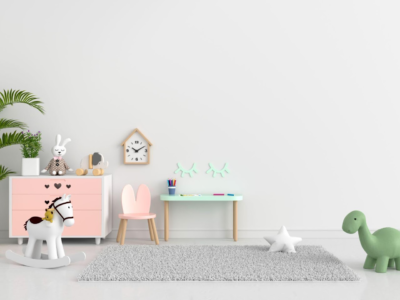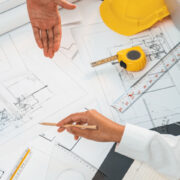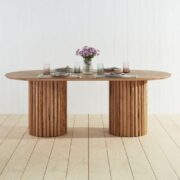Let’s face it — homes are evolving fast, and 2025 is shaping up to be a year of smart, stylish, and thoughtful upgrades. One of the standout trends this year? Residential lifts.
Not long ago, a lift in your home might’ve seemed like something out of a luxury hotel. Today, that’s changed completely. With shifting lifestyles, technological advancements, and a growing focus on accessibility, more Australians are embracing lifts as practical, everyday essentials.
So, what’s new in the world of residential lifts this year? Let’s take a deep dive into the innovations, design changes, and big-picture shifts that are reshaping home mobility in 2025.
The Rise of Residential Lifts: Why Now?
It’s not just about moving between floors anymore — it’s about doing so with ease, safety, and even style. Residential lifts are no longer considered indulgent or unnecessary. Instead, they’re being recognised for what they truly are: long-term solutions that cater to real-life needs.
This shift is driven by several factors:
- Australians are planning to age in place rather than move.
- Two- and three-storey homes are more common due to urban density.
- Multi-generational living is increasing.
- Property developers are incorporating future-proof features from day one.
All of this makes 2025 a turning point in how we think about vertical mobility at home.
The Design Evolution
The first thing you’ll notice about modern lifts? They look different. They feel different. Today’s lifts are more compact, quieter, and far more elegant than earlier models.
In 2025, design is front and centre. Homeowners want features that work — and look good doing it.
You can now find options that come with custom flooring, seamless walls, LED panel lighting, and frameless glass doors. Whether you’re going for a contemporary look or want something more classic, there’s a lift that fits your style.
And the best part? These upgrades aren’t just for aesthetics. They also make lifts feel less intrusive and more like a natural part of the home.
Smarter Than Ever
This year, technology is playing a big role in lifting solutions.
We’re seeing the integration of smart systems that do more than just move the lift up and down. Imagine calling your lift via an app, setting lighting preferences, or scheduling maintenance alerts — all from your phone.
These features make life easier, especially for busy families or individuals with limited mobility. Some systems even use predictive software to monitor wear and tear before it becomes a problem.
It’s smart living, literally — and it’s becoming the new norm in domestic lifts across Australia.
Energy-Efficient Lifting
Energy costs are a hot topic in 2025, and lift manufacturers have taken notice.
New lift systems are now being designed with sustainability in mind. Features like low-power motors, automatic sleep modes, and regenerative braking systems are helping reduce energy consumption. This is a big win for eco-conscious homeowners looking to keep their footprint (and bills) down.
For anyone concerned about power usage, it’s reassuring to know that today’s home elevators are often as energy-efficient as a small kitchen appliance.
That means you get the convenience without the constant energy drain.
Installation Is Easier Than You Think
One of the biggest hesitations around installing a lift is the assumption that it’s a major construction project.
But in 2025, that’s no longer the case.
Thanks to innovations in modular design and shaftless technology, many lifts can now be installed with minimal disruption to your home. Some models don’t even require a pit or machine room — making them ideal for tight spaces, townhouses, and renovations.
In fact, house lifts today can often be retrofitted in just a few weeks. No need for months of work or turning your home into a construction zone. That’s a big change, and one of the key reasons lifts are more popular than ever.
Customisation Is the New Standard
Not all homes are created equal — and the same goes for lifts. That’s why customisation is becoming a huge trend this year.
Homeowners want lifts that suit their space and lifestyle. Whether you’re working with narrow floorplans, high ceilings, or unique design tastes, modern lifts offer flexibility.
Want a larger cabin? Transparent walls? Specific lighting? No problem. Many house elevator models are modular by design, meaning they can be tailored to your exact needs.
This makes it easier than ever to create a solution that blends in — or stands out — exactly how you want it to.
Accessibility Without Compromise
We can’t talk about residential lifts in 2025 without mentioning accessibility — because it’s more important than ever.
Australian families are increasingly looking for ways to make their homes inclusive. That means thinking beyond temporary fixes like stairlifts or ramps. A home lift offers a smoother, safer, and more permanent solution for people with mobility issues.
It’s also a sign of thoughtful design. Whether for an elderly parent, a child with special needs, or someone recovering from injury, having a lift ensures that the whole home remains accessible — not just for today, but for years to come.
Built for Now, Ready for Later
One of the strongest arguments for installing a lift in 2025 is that it adds real value to your property — both now and in the future.
Real estate experts are seeing rising demand for homes with residential elevators, especially among retirees, families with children, and buyers looking for premium touches. A lift increases your home’s functionality while setting it apart from others on the market.
It’s not just about price, either. It’s about buyer interest, faster sales, and the peace of mind that your home is ready for whatever the future brings.
What to Consider Before You Choose
If you’re seriously thinking about adding a lift, here are a few key points to consider:
- Space: Where will the lift go? Some models are compact enough to fit in a wardrobe space.
- Users: Who will be using it? Kids, seniors, guests? This affects cabin size and features.
- Floors: How many levels do you need to connect? Some lifts are limited to 2–3 floors.
- Budget: While prices vary widely, think of it as a long-term investment rather than a cost.
With so many styles, configurations, and technologies available, finding the right residential lifts for your home is easier than ever.
Final Thoughts
Residential lifts in Australia have come a long way — and 2025 is proving to be a breakout year for these home-enhancing solutions.
They’re more stylish, more customisable, and more efficient than ever before. They’re not just solving problems; they’re adding a whole new dimension to how we live.
Whether you’re building new, renovating, or planning for the future, installing a lift could be one of the smartest decisions you make this year. It’s practical. It’s forward-thinking. And most importantly — it’s perfectly suited to the way Australians are choosing to live today.
So, if you’re ready to make your home smarter, safer, and a little more extraordinary, maybe it’s time to start looking up.













Comments